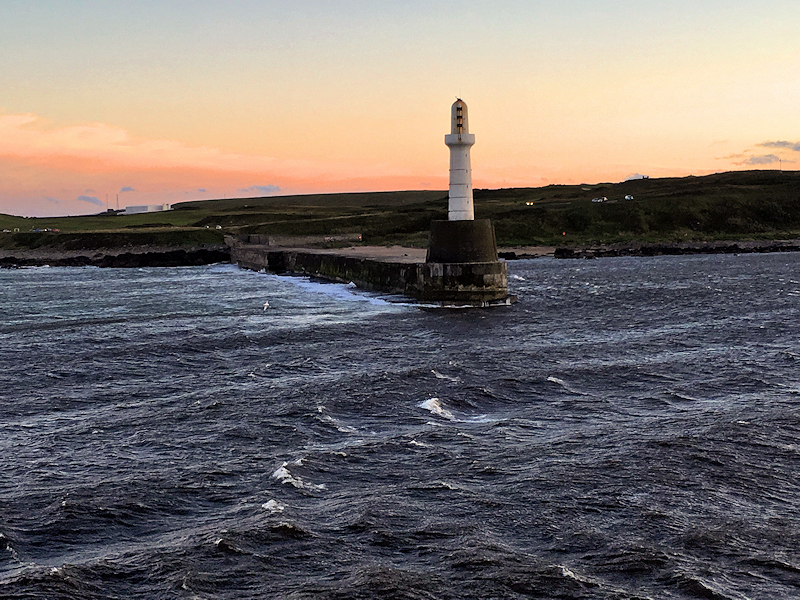

#Steam breakwaters download
You can download Breakwaters and top steam games with GameLoop to play on PC. The thesis is supported by Appendices summarising the historical timeline, identifying many UK breakwater locations, and some of the key engineers of the period.Breakwaters, is a popular steam game developed by Breakwaters. Part 2 reviews the historical literature to summarise what our predecessors were trying to construct what materials and tools they had at their disposal what hydrodynamic processes they understood (or did not) and to what extent (and how) did they share knowledge and understanding. Part 1 summarises evidence on design, construction and performance develops concepts of failure and success analyses selected breakwaters and draws conclusions to the research questions.

The research described here has concentrated primarily on the improvements in knowledge, materials, and construction techniques that moved breakwater engineering from the frequent failures of Alderney breakwater, to the robust survival of Dover outer breakwaters.Īs well as informing the onset and progress of damage under wave attack on unbonded blockwork walls, model studies present new data and prediction equations for wave transmission over failed blockwork breakwaters to predict the residuary protection available when such structures are damaged or collapse. During the latter period, there were substantial developments: of cement to make concrete of steam power to lift and move heavy items concrete mixers to make concrete in bulk and diving equipment to allow underwater working.Ī very curious omission is that solutions to some of these problems were used at Tangier before 1680, but that breakwater was destroyed in the military withdrawal, and almost no trace was left in the technical literature.Ī different route was where the rubble slope was extended so that its crest was well clear of the water, as at Plymouth, Holyhead, Portland, and (in part) Cherbourg, precursors to modern rubble mound breakwaters, but of little further interest to this project. Achieving this in practice however required new materials, construction tools, and methods. The further underwater that this junction could be placed, the more stable (and thus long-lasting) the structures became. Probably the most important change was to lower the rubble mound foundation for the masonry wall. After 1836, improvements were substantially assisted by ICE papers and the formal discussions at ICE.
#Steam breakwaters how to
As if that was not bad enough, the engineers of the day did not know how to make marine concrete, they had no steam power to move materials, nor the equipment to place foundation blocks underwater. Even when engineers had decided what size or form of wave needed to be resisted, they did not then have reliable methods to calculate wave forces. Historical records identify that designers of the period had no robust methods to predict waves, or their transformations. The marginal stability results for Alderney confirm the reasons behind frequent damage leading to the abandonment of its outer end. These have demonstrated why the outer end of Wick breakwater failed catastrophically, and confirmed how robust are the outer breakwaters at Dover.

These were followed by stability analysis using empirical formulae to determine factors of safety for breakwaters at Wick (failed), Alderney (partly failed), and Dover (successful).

#Steam breakwaters professional
Other results of the historical research were: generic guidance geographic data on breakwaters around the UK details of their design, construction, and performance, derived from historical manuals, reviews of historical structures, and professional papers and discussions. In doing so, the research has reviewed the construction and performance of breakwaters protecting a number of harbours of refuge, discussed in a paper in ICE Engineering History. The principal research activity has been to distil from historical literature the key reasons for past failures and successes. The period of main interest is 1840-1900, and the structures studied have been narrowed to vertical (or nearly vertical) walls on rubble foundations. It includes a breakwater built in Tangier from 1663, to Dover outer harbour completed in 1910. This research analysed UK harbour breakwaters constructed between 1663 to 1910.


 0 kommentar(er)
0 kommentar(er)
